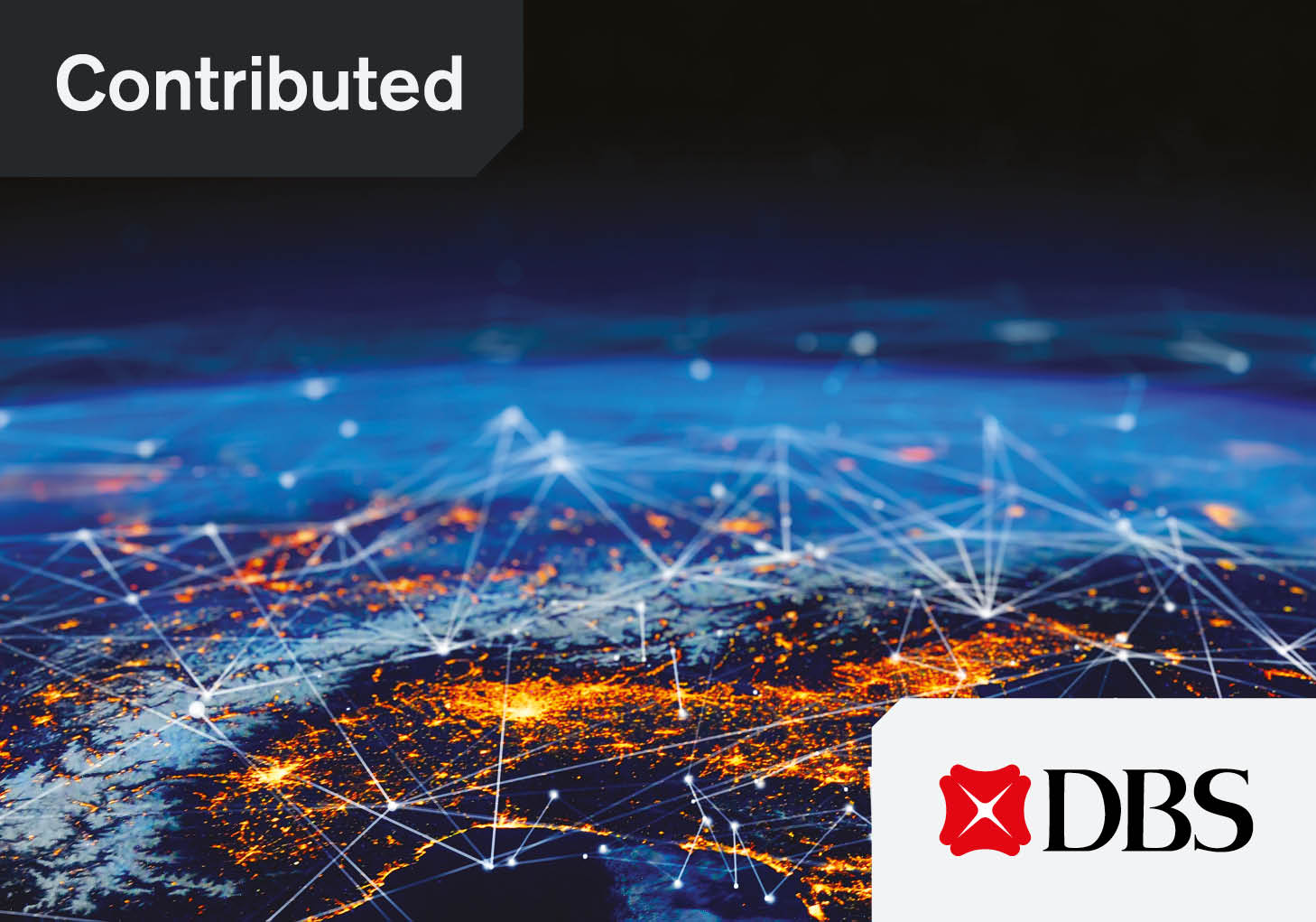Amit Agarwal, head of trade finance products and risk distribution, global transaction services at DBS Bank, shares how global trade is moving from linear corridors to interconnected ecosystems, and what this shift means for corporates navigating new supply chain and financing realities.
As global trade patterns evolve, Asia and the Middle East are increasingly seen as major drivers of trade growth. DHL’s most recent Trade Atlas expects 34% of the world’s trade growth from 2024 to 2029 to be driven by Asia, while the World Trade Organization states that the Middle East will be second only to Asia in export growth (at 4.7%) in 2025.
In conjunction with this, the continued growth in the importance of south-south trade corridors, rising demand for energy transition materials and sector-specific supply chains are all changing how corporations finance, manage and expand their international operations. The traditional focus on bilateral flows is being supplanted, so that trade expansion is increasingly defined by ecosystem-driven approaches. The ability to combine deep local expertise, strong networks and innovative financing will be critical to enable this shift.
The rise of south-south trade corridors
While tariffs and supply chain realignments may have dominated the news in recent months, the main trend in Asia’s trade flows is the continued growth of intra-Asian and south-south trade flows. For instance, supported by free trade agreements (FTA) such as the China-Asean FTA and the Regional Comprehensive Economic Partnership, Asean overtook the US and the EU to become China’s largest export market in 2023, with a further 10% increase in 2024.
Energy remains the biggest driver of these flows, partly influenced by shifting global demand patterns, including changes in US energy dynamics and Europe’s transition towards greener energy sources. Agriculture and metals follow energy as key traded categories in south-south trade, with Brazil’s exports of soybeans to China and Indonesia’s emergence as a vital hub for nickel exports linked to electric vehicle production being two obvious examples.
Building ecosystem connectivity
Trade finance is no longer just about linking two parties along a trade corridor; it increasingly requires orchestrating entire supply ecosystems that can support moving from just-in-time to just-in-case inventory approaches and to mitigate over-reliance in specific markets. Buyers are looking for banks that already know suppliers of interest and can optimise the trade connections with them to provide the best trade terms. Banks with that ability to map and connect these players, therefore, provide not just capital, but also trading efficiency and speed.
This applies in Indonesia, where nickel and copper exports, critical to renewable technologies, are matched by imports of Chinese construction equipment required to sustain mining and infrastructure growth. Hence, clients in Indonesia are looking for banks that can not only finance their exports but also support their construction imports from China.
A related example of how this can work in practice has been an iron ore inventory financing provided by DBS to Vale. This financed the inventory of iron ore in transit from Brazil to destination ports in China and supported Vale to digitise trade flow and simultaneously unlock inventory in transit.
The overall effect of these ecosystem-level approaches is to reduce transaction friction in terms of both cost and speed of execution, thereby enabling corporates to move faster in high-growth sectors such as energy transition, infrastructure and technology.
Sector-specific financing solutions
In the rapidly changing trade environment, certain sectors now require more creative solutions. For example, financing the energy transition requires different timelines and bigger risk appetites than conventional trade. Traditional trade finance that typically extends to just 90 days is insufficient here, particularly in sectors such as energy transition and infrastructure development.
Producers of copper used in the energy transition need funding to cover costs incurred before goods are actually exported. Not many banks have the product and credit appetite to fund these longer-term requirements. However, those that can provide pre-export finance to these producers are enabling them to lock in multi-year supply agreements with advance financing to secure revenue streams. This is one of several areas of energy transition where DBS has been active. Others include compressed biogas, where DBS has partnered with Reliance Industries to enable its ecosystem development for vendor partners to aggregate agri-residue as inputs for the company’s biogas production plants across India.
In infrastructure and mining, extended financing terms of three to four years have become essential. When buyers in other Asian countries purchase trucks or excavators for use in multi-year infrastructure projects, repayment is typically tied to the actual revenue generated from excavating and transporting loads. In the absence of financing that matches this revenue profile, corporates would face upfront capital constraints and higher costs.
Adding value through partnerships
In today’s digital economy, corporates are demanding seamless digital solutions that integrate directly into their daily work process and operations. Partnerships with fintechs and other technology platforms are transforming the client experience, creating a single, intuitive interface that extends beyond procurement-to-payment and order-to-cash. By integrating financing solutions directly with such major platforms and by leveraging real-time APIs, DBS delivers speed, visibility and efficiency at every step of the value chain to service clients wherever they operate.
As an example, in a recent engagement in the technology sector, a client changing a key internal system partnered with DBS to design a tailored, value-added solution that integrated financing into procurement workflow, thereby optimising cash and accounting management. These partnerships are not just add-ons; they are becoming central to how trade financing is evolving, helping corporates stay resilient and competitive in an increasingly complex world.
Meeting the expectations of globalising clients
Asian corporates are increasingly expanding into the Middle East, Africa and Latin America – regions where demand for energy, infrastructure and consumer goods is intersecting with supply chain realignments. Chinese manufacturers and technology firms are particularly active, seeking banking partners who can follow them across different geographies and sectors. Banks that can offer structured yet innovative financing journeys – whether in telecoms, automobiles, or energy – provide a critical bridge for clients adjusting to new consumer bases and regulatory environments.
Another expectation, indicated by 72% of CFOs and treasurers interviewed in a recent global survey of 690 strategy leaders conducted by DBS in partnership with Ernst & Young, is the prioritisation of working capital efficiency to fund growth and stay resilient across markets. One example of such efficiency improvement has been driven by interest rates changes.
The US dollar remains the predominant currency in cross-border trade, but corporates are also turning to local currency financing to manage costs. This is particularly evident in the growing demand for renminbi settlements, where businesses prefer to align with their operating currencies. Corporates are able to reduce their working capital expenses by obtaining lower-cost local currency financing for local or cross-currency trades. Institutions able to provide both can help businesses optimise funding and operate more efficiently.
Conclusion: From corridors to ecosystems
The transformation of trade across Asia and the Middle East is less about linear growth corridors than about the emergence of interconnected ecosystems. Energy and infrastructure remain central pillars, but the integration of digital platforms, local currency financing, ecosystem mapping and sector-specific credit tools marks a fundamental shift.
By combining network depth, local knowledge and differentiated financing, financial institutions are moving beyond enabling transactions to supporting corporates in accelerating growth across some of the world’s most dynamic markets.









